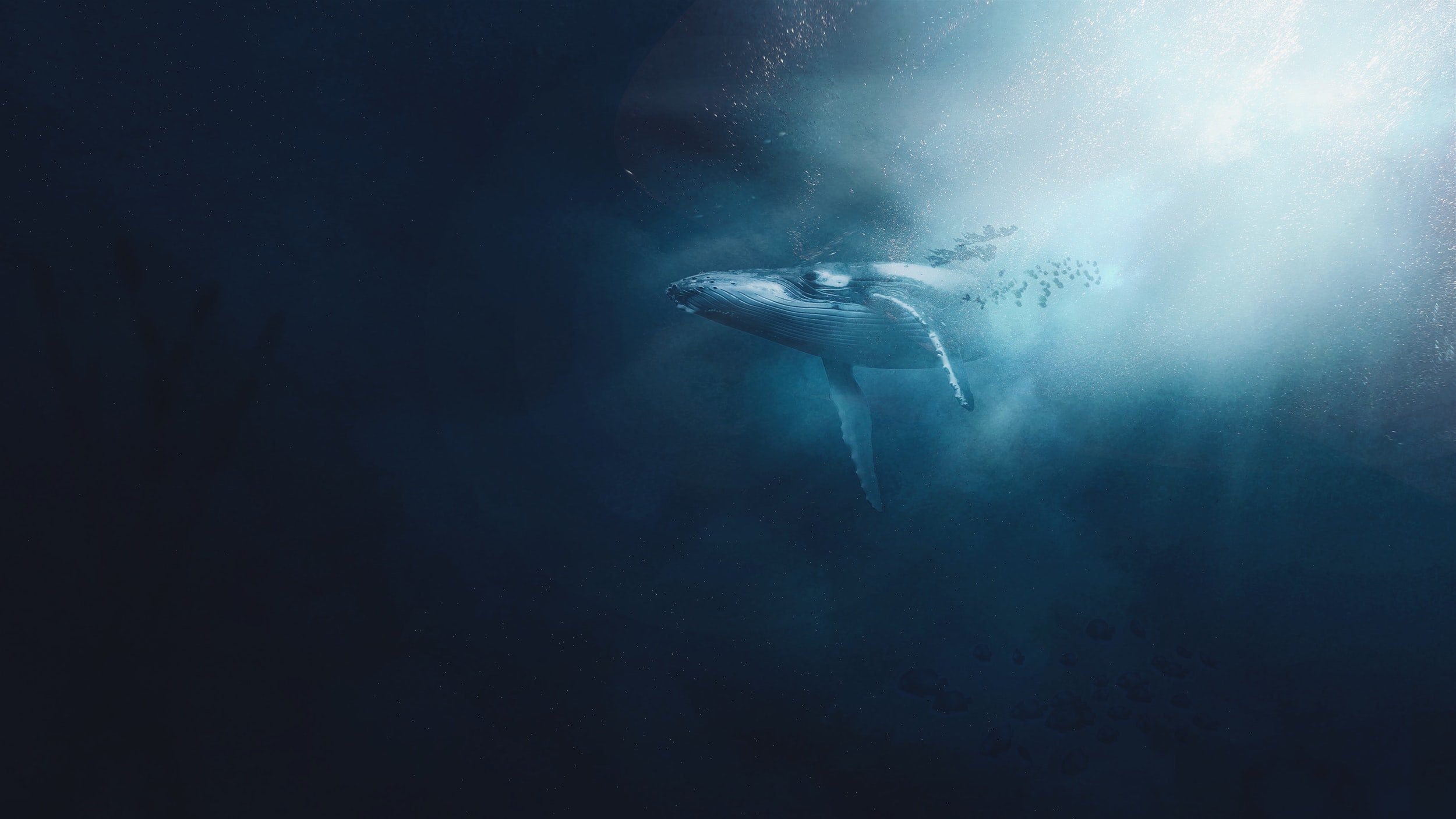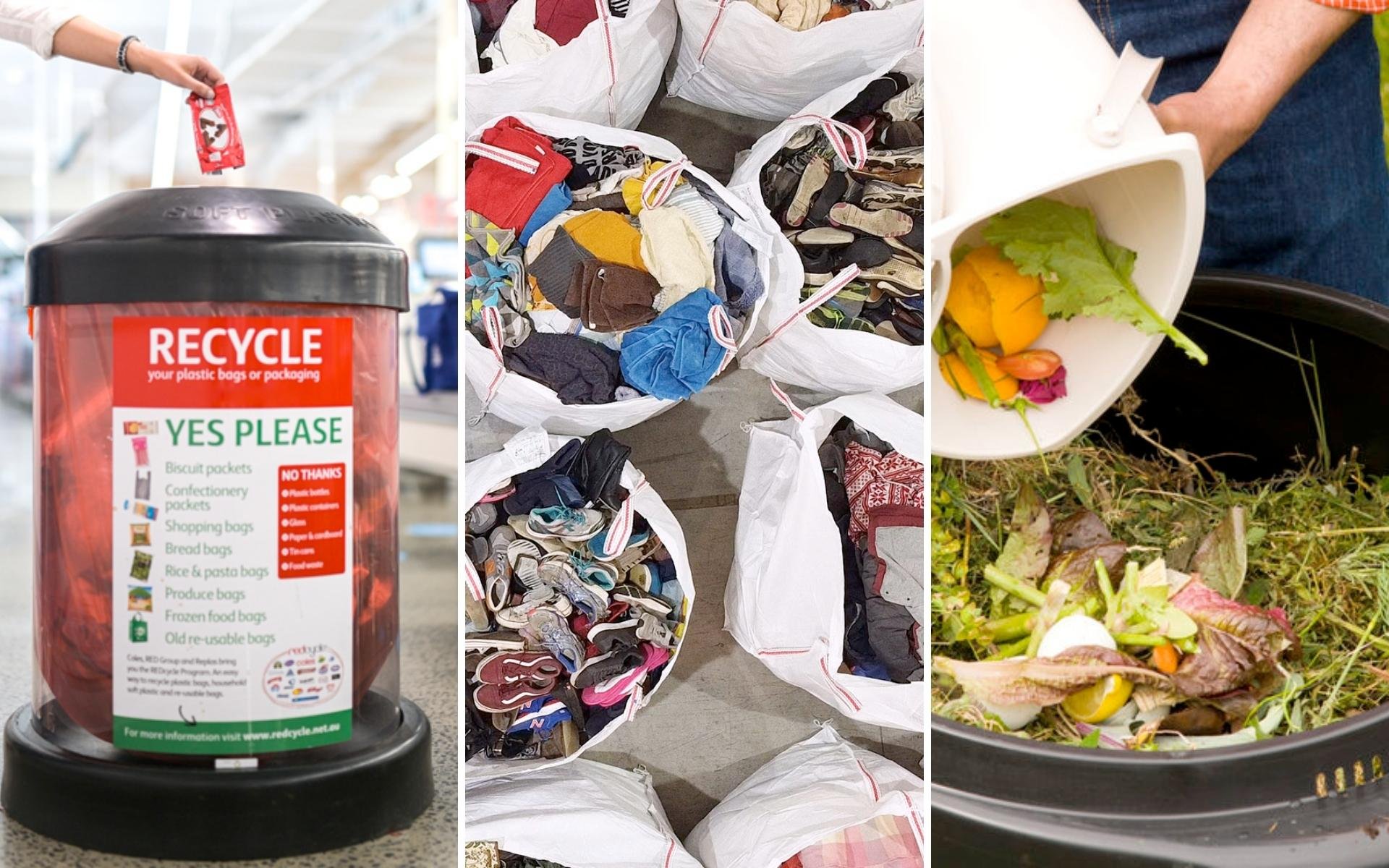
The ocean needs your help
Humans love the ocean. We're drawn to the soothing crash of the waves against the shore, the unique animals that live beneath the surface, and the way it intrigues us with the mysterious unknown. The big blue is often referred to as the lifeblood of earth, driving weather, regulating temperature, creating at least half of all oxygen in the world, and supporting all living organisms. The ocean covers more than 70% of the earth's surface, but to date, humans have explored less than 5% of it - crazy right?
Despite how little we do know about the ocean, one thing we do know is that humans are having a massive impact on its health and the animals who live there.
World Ocean Day - 8th June 2023 - is the perfect day to learn about how our everyday choices are impacting the ocean and discover the little changes we can make to stop this from happening.
Reducing plastic consumption, proper disposal of waste, getting active, and plant-based eating can help save the ocean
Pollution in the ocean is a combination of physical trash (plastics, microplastics, glass, etc) and chemicals (sewage, industrial waste, agriculture run-off, pesticides, petroleum, etc). We can help reduce both of these by changing the products we purchase, disposing of our waste properly, and switching to different foods.
Carry / use reusable items and ditch disposable plastics
Did you know that the average Australian uses 130kg of plastic per year? Plastic pollution endangers the lives of many animals and kills up to 100,000 marine species each year. A recent study estimates that there are over 5.25 trillion pieces of plastic waste in the ocean and by 2050, the oceans will contain more plastic than fish (PDF).
But it’s not too late to stop this from happening. You can help reduce the amount of waste you are creating by assessing the products you buy and looking for alternatives. For example, if you regularly purchase coffee, water or other drinks, start carrying a KeepCup, bottle, and straw with you; if you enjoy coffee pods, purchase a reusable pod; if you go shopping, bring your own bags; or if you are getting takeout, carry your own cutlery!
If most of your plastic and waste comes from food shopping, opt for fresh fruits and vegetables that are unpackaged or go to bulk food stores with reusable containers.
Properly disposing of your waste
We know that becoming waste-free and plastic-free isn’t achievable for everyone. Most people are making an effort to throw cardboard and plastics into their recycling bin at home, but what about the soft plastics, old clothing items, broken electronics, and food scraps? Despite having recycling bins available, a study found that less than 9% of a person’s plastic waste is recycled! Learning how to properly dispose of these items will reduce the amount of waste going to landfill or ending up in the ocean.
Thankfully, companies are starting to do the hard work for us! Coles and Woolworths have made it easy to recycle soft plastics with their REDcycle program, Upparel collect your old clothing items and turns them into something new, Officeworks take your broken electronics, and you can compost your food scraps at home or contact your local council and see if they can implement a food scraps bin!
On top of this, we can ask and support companies who are making or using environmentally friendly packaging. For example, The Vegan Dairy created their own compostable packaging for their vegan cheeses, and in cases where this can’t be used, they use glass jars that can be reused or recycled!
Changing up your clothes washing routine
You may not know this, but washing our laundry is releasing a significant amount of microplastics into the ocean. That is because when clothes and other items are washed, tiny plastic microfibres are stripped and enter the wastewater. Scientists estimate that textiles produce 35% of the microplastic pollution in the world’s oceans, releasing about 2.2 million tons of microfibers into the ocean every year.
While purchasing high-quality products can reduce the number of microfibres that are stripped during washing, you can also use a washing bag or filter to stop the plastic from entering the wastewater. When you clean the bag or filter, please dispose of the waste in the trash, as washing it down the drain defeats the purpose.
*May not stop all the plastics.
Join in at clean-up events or get active on your own
Every year around the world, approximately 8 (PDF) to 11 million tonnes of plastics alone end up in the ocean. In Australia, plastic makes up around 84% of the waste found on the beach.
Joining in at a clean-up event, or collecting rubbish on your own and disposing of it properly, is a great way to help reduce the amount of waste ending up in the ocean. If every Australian picked up and properly disposed of 10 pieces of rubbish, there would be 260,622,130 fewer pieces entering the ocean - imagine if we did that every day!
*Please note, if you would like to start collecting rubbish, safety must be a priority. Please wear thick, durable gardening style gloves that provide strong protection and consider purchasing some pick-up tongs. Clean Up Australia also have some recommended precautions if you would like to establish a cleanup group in your area.
Enjoy plant-based meals
While consumers are responsible for a lot of the waste in the ocean, discarded and abandoned fishing nets and longlines make up approximately 46% of the Great Pacific Garbage Patch. But before we go and blame the industry, we have to remember that this industry is driven by consumer demand.
This demand for seafood is not only polluting the environment but it is also destroying the natural balance in the ocean. Nearly 90% of the world’s fishes are either overexploited or depleted. This means many species can’t reproduce to replace the fish taken and some are facing imminent extinction. On top of the animals who are purposefully killed, hundreds of miillions of non-target species, such as dolphins, whales, sea turtles, rays, seabirds, seahorses, crabs, sharks, and young fish, die as well. More than a third of all sharks and rays are facing extinction due to overfishing. A loss of ocean biodiversity reduces the ocean’s ability to absorb carbon and create oxygen.
We’ve talked about the physical trash, but what about the harmful chemicals that are polluting the ocean? According to experts, animal agriculture is the leading cause of ocean dead zones and water pollution. Agriculture runoff contains harmful nitrogen and phosphorus which can cause algal bloom outbreaks. Algae reduces the oxygen level in the water, killing marine life, creating an ocean dead zone. Currently, 77% of all agricultural land is used for farmed animals and their feed, while only supplying 18% of the world’s calorie supply. As consumers, eating whole-food, plant-based meals will create a more sustainable food system with a lower environmental footprint, and will help keep the ocean healthy.
World leaders made global commitment to protect 30% of our blue planet by 2030
Last year, we joined World Ocean Day and 2,000 other organisations, in calling for 30% of the ocean, lands, and waters to be protected – and world leaders agreed! The purpose of this ask was to create a healthy ocean with abundant wildlife and to stabilise the climate.
Currently, less than 17% of land and 8% of the ocean worldwide is protected. The historic #30x30 commitments were announced at the UN Biodiversity Conference (COP15). Now we just have to work together to ensure that they fulfil their commitment. Learn more here.
Animal Liberation’s mission is to permanently improve the lives of all animals through legislation, consumer advocacy, action, and education. We are a not-for-profit organisation and our work for the animals relies solely on support from generous people like you. Help keep our work alive by becoming a member today or making a donation gift.










